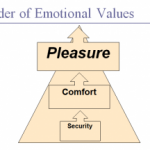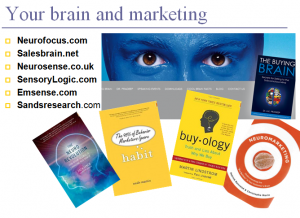 What’s the most important thing you can do to improve your skills as a writer, blogger, or content marketer? I’m not sure there’s any one right answer, but my vote goes to working on your cognitive fitness.
What’s the most important thing you can do to improve your skills as a writer, blogger, or content marketer? I’m not sure there’s any one right answer, but my vote goes to working on your cognitive fitness.
That’s a term we’re going to be hearing a lot about. I first read about it in Harvard Business Review in a 2007 article called Cognitive Fitness by Roderick Gilkey and Clint Kilts.
Originally coined by Michael Merzenich, cognitive fitness refers to the capacity of a person to meet the intellectual demands of life. It is evident in an ability to:
- Assimilate information
- Apply rules of logic
- Comprehend relationships
- Detect patterns
- Identify emotions
- Create new perspectives
- Develop reasonable conclusions and plans
If that’s not a job description for the professional content marketing writer, what is?
Brain Coaching for Writers Read More→












